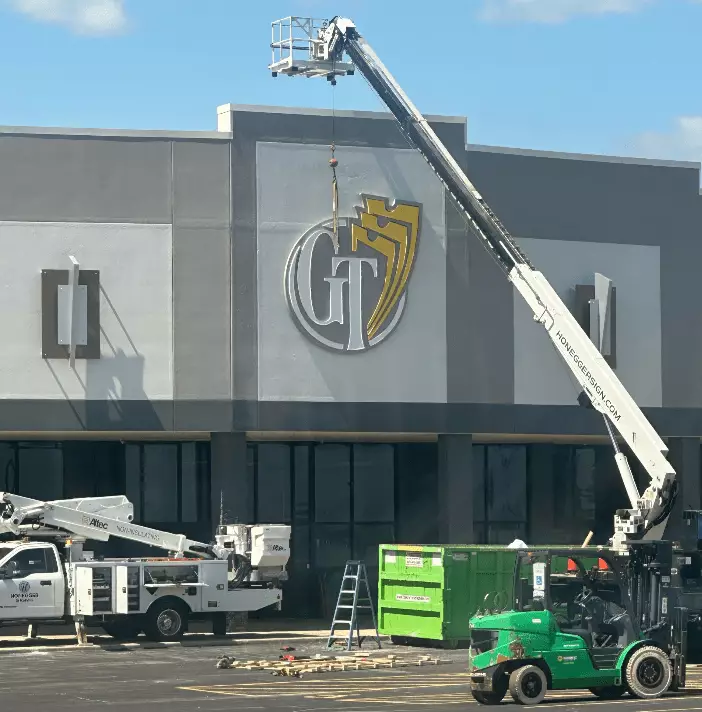In a landscape where digital streaming continues to threaten traditional cinema, the industry’s commitment to reinvestment tells a compelling story of resilience and evolution. North American theater owners have poured over $1.5 billion into refurbishing, upgrading, or expanding their venues in just a year. This figure isn’t just a random statistic; it embodies a critical shift in industry strategy—an acknowledgment that the future of movie entertainment depends on enhancing the experiential quality of theaters. With the eight largest chains alone investing approximately $920 million, it’s clear that major players understand the importance of offering more than just a screen and a seat. This level of capital infusion demonstrates confidence that the theater experience remains irreplaceable, especially when tailored thoughtfully to appeal to shifting audience preferences.
What is particularly striking is how these expenditures align with broader industry goals. A year prior, industry leaders committed over $2.2 billion into modernization projects spanning three years. Today’s figures indicate they are on track to meet or exceed these targets. This proactive approach is rooted in understanding that the theater-going audience, especially the younger generation, craves immersive, premium experiences. The industry’s reinvestment signals a recognition that cinema must evolve beyond basic screenings to cater to a desire for multi-sensory indulgence—whether through cutting-edge visuals or interactive amenities.
Transformative Investments: From Structures to Experience
The scope of investments goes well beyond superficial upgrades. Theater chains are adopting innovative strategies to redefine what a cinema can be. For many, this means developing multi-purpose entertainment complexes that blend traditional screenings with activities like axe throwing, bowling, or arcade gaming. Such venues are transforming movie theaters from solely film-centric spaces into comprehensive entertainment hubs, attracting diverse demographics—including younger audiences seeking experiential outings. These customer-centric modifications are crucial in an era when entertainment options are increasingly fragmented.
Amid these physical upgrades, digital innovation plays a pivotal role. High-definition projectors, state-of-the-art sound systems, plush seats, and expansive screens are becoming standard offerings. An interesting trend gaining traction is the inclusion of full-service lobby bars and even kitchens—turning a simple movie night into a social event. The significance of dine-in cinema sales, accounting for around 10% of North America’s box office, underscores the importance of combining culinary pleasures with film entertainment. Chains like Regal are actively investing in creating upscale, welcoming environments, not just to serve movie buffs but also to appeal to urban and suburban communities eager for more refined leisure experiences.
The Economic Ripple Effect and Community Impact
These developments are not happening in a vacuum—they have palpable economic and social benefits. Every renovation or new construction breathes life into local economies, creating jobs and supporting small businesses. For example, B&B Theaters CEO Bob Bagby points out that theaters are vital community cornerstones—they provide entertainment, foster social cohesion, and generate economic activity. The ripple effect extends through the supply chain, benefitting architecture firms, construction companies, and vendors integral to these projects.
Chains like Regal, AMC, Cineplex, and Cinepolis are leading by example, channeling hundreds of millions into upgrades across multiple cities. Regal’s recent $250 million capital raise demonstrates a robust confidence in the long-term viability of the industry. These strategic investments serve as a counterbalance to the digital shift, illustrating a clear determination to innovate rather than retreat. Passing through these physical upgrades is a message—it’s about reclaiming the relevance of cinemas in an increasingly virtual world.
Moreover, the focus on creating more sophisticated, community-oriented spaces underscores an understanding that a thriving cinema experience isn’t solely about the product; it’s about fostering relationships and congregating in a physical space that feels special and worth visiting. The community impact, from boosting local businesses to providing job opportunities, underscores the vital role theaters still play in the social fabric.
The revitalization of cinemas through aggressive investment signals a bold reinvention of the moviegoing experience. It’s no longer sufficient to rely on the allure of a new release; theaters are competing with home streaming by offering a value proposition rooted in immersive, social, and sensory-rich environments. Industry leaders are demonstrating strategic foresight, understanding that investing in physical spaces is investing in community vitality and future relevance. As cinema continues its transformation, one thing remains clear: the movie theater isn’t just surviving—it’s reimagining itself as a dynamic centerpiece of entertainment and community life.
